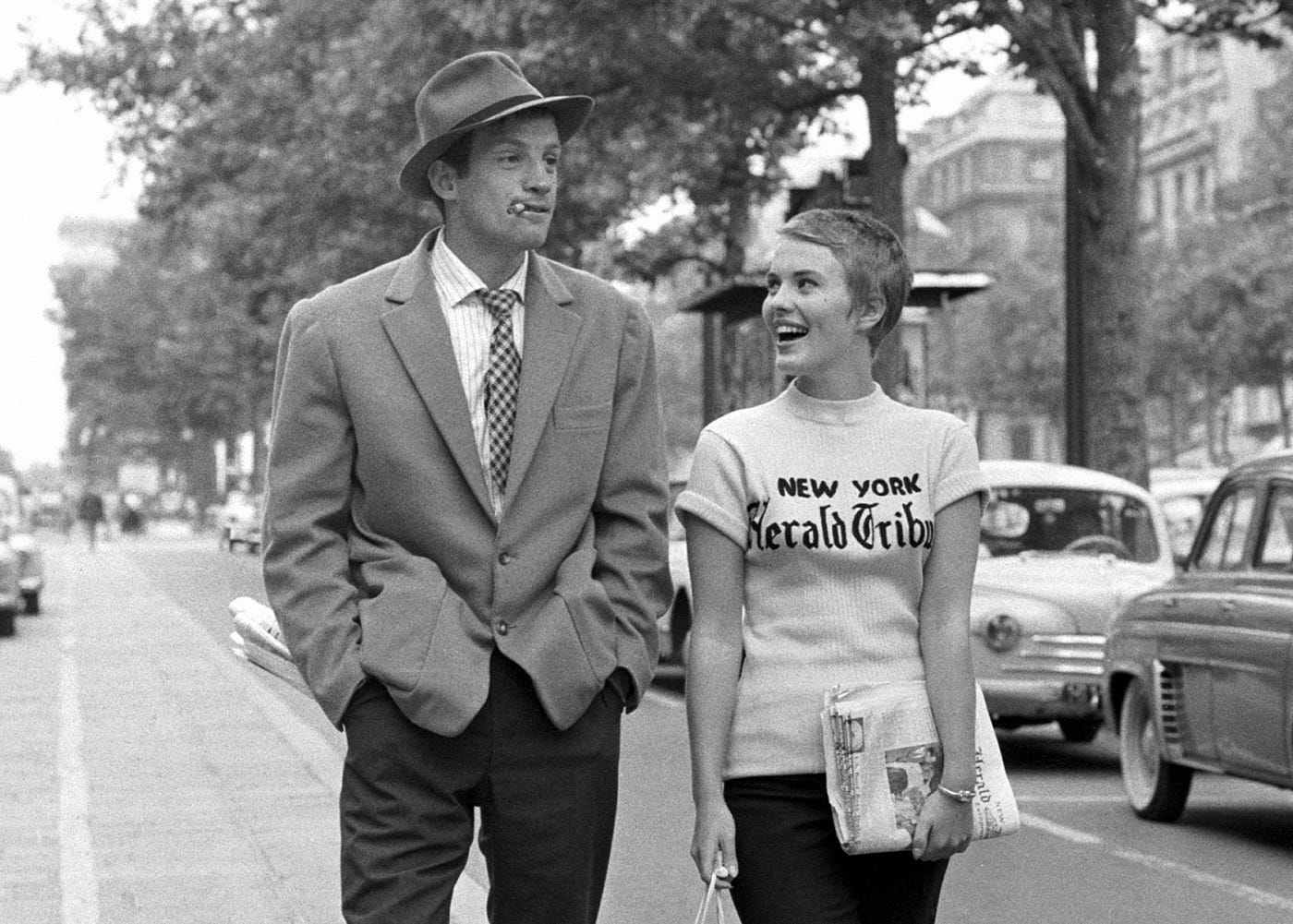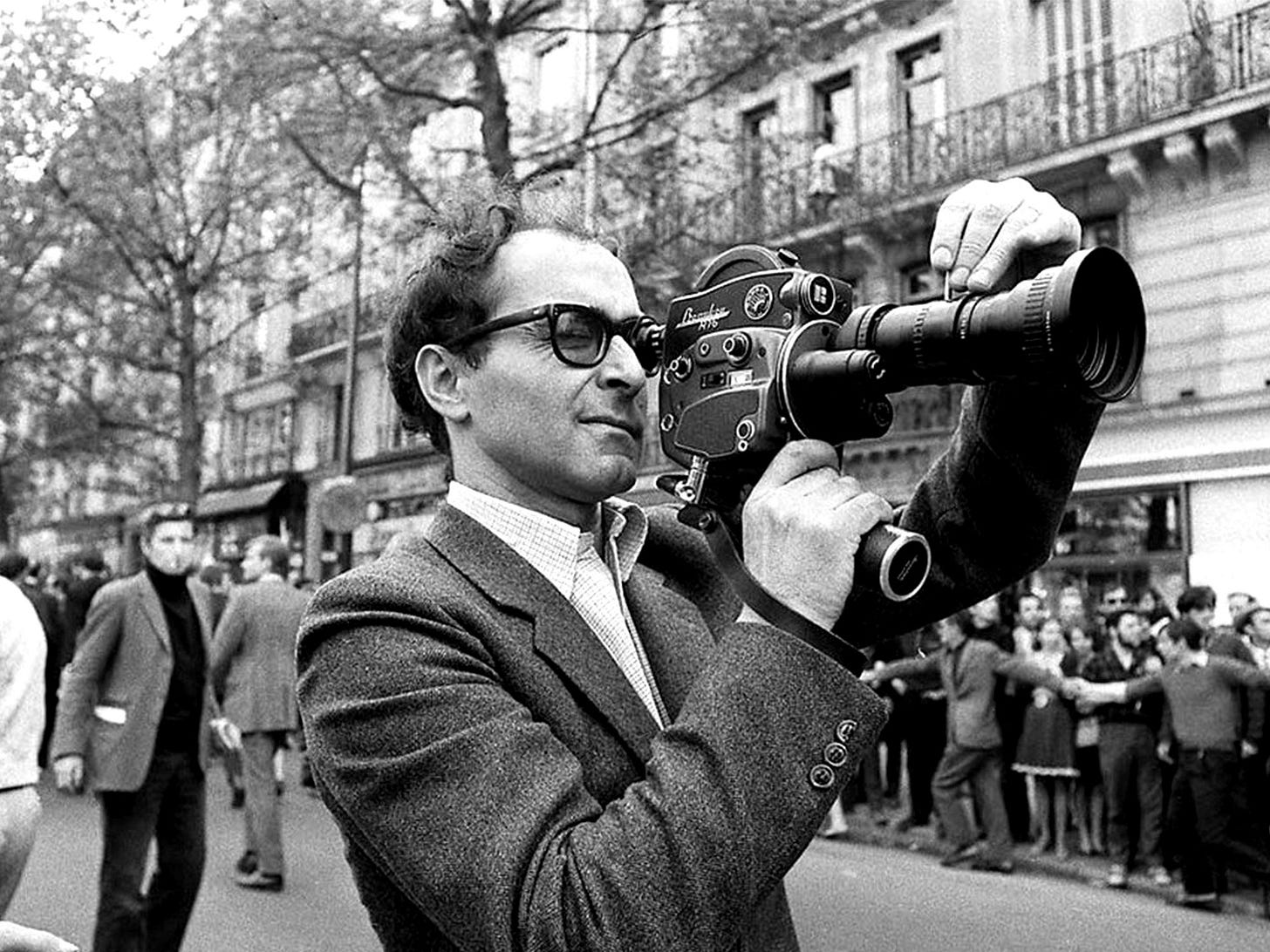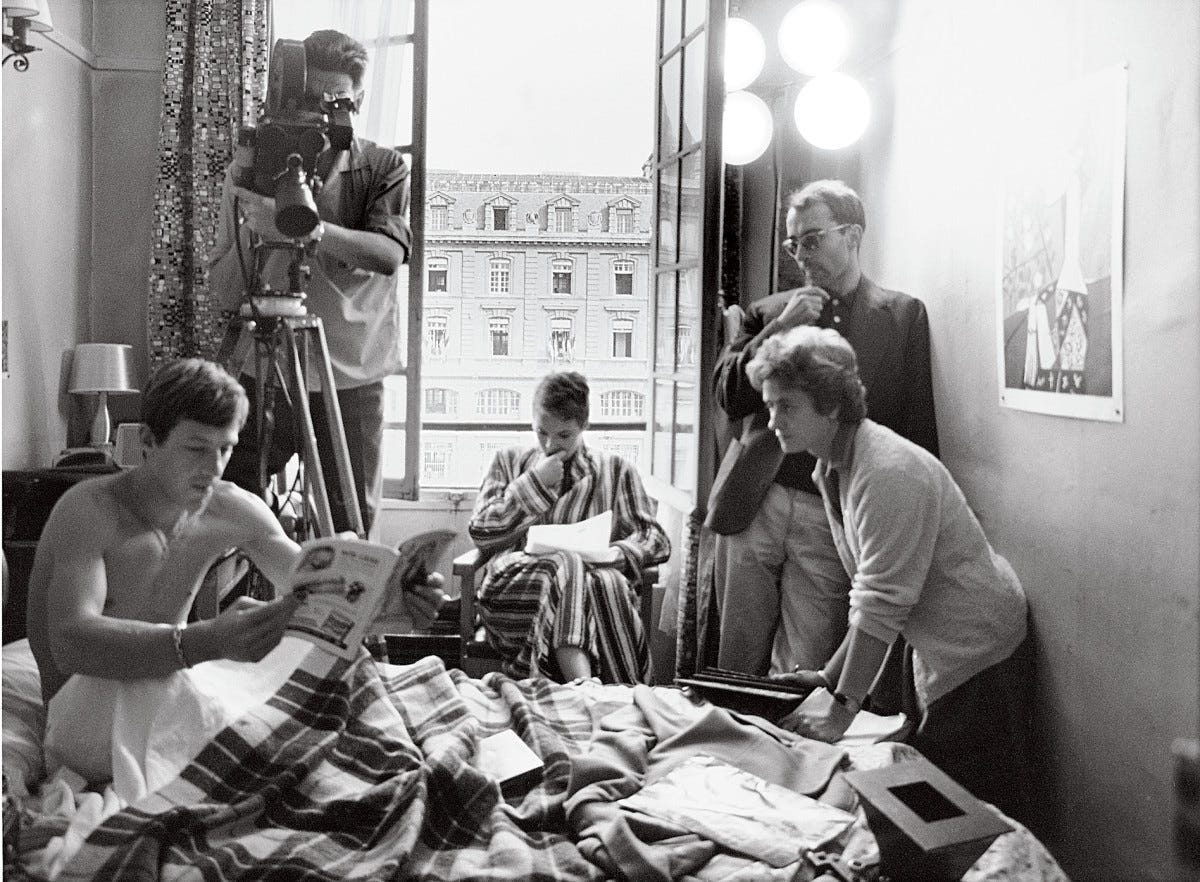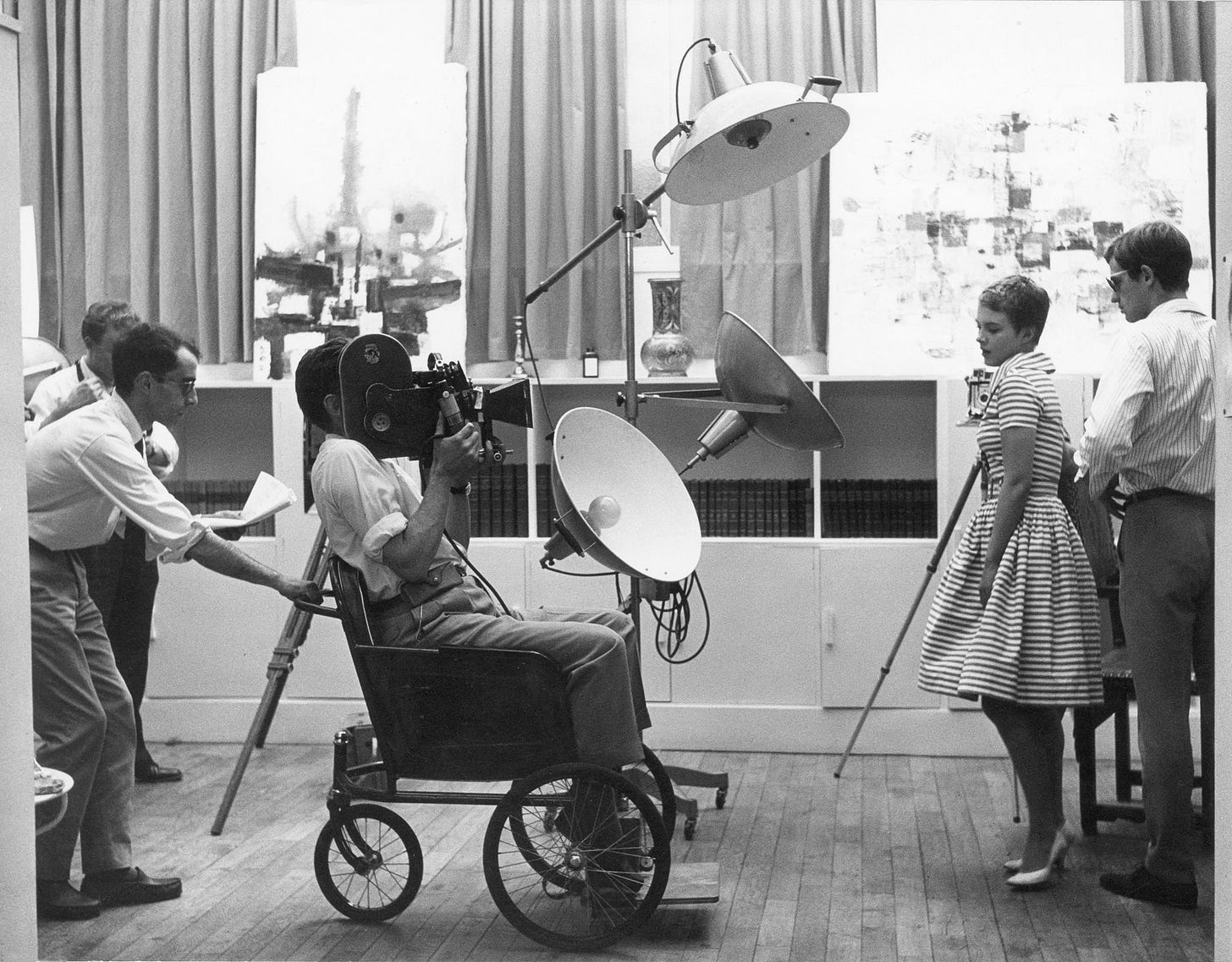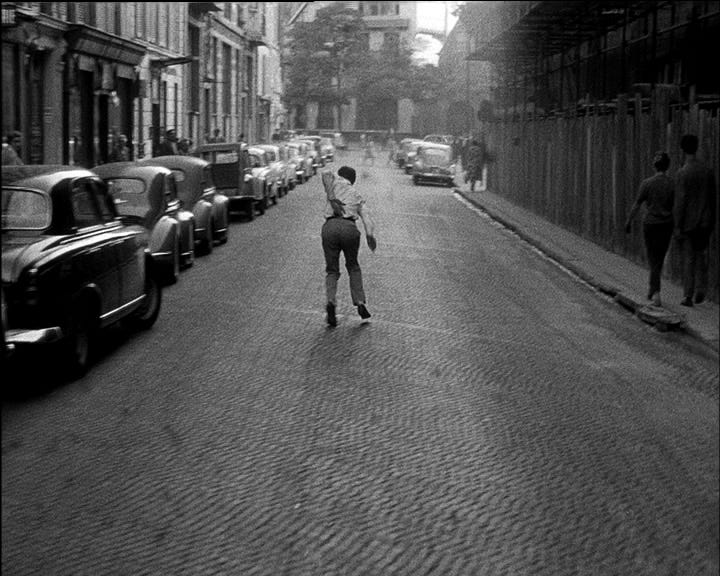#1 - Breathless (1960)
The first Feature Film of Jean Luc Goddard and its use of the Jump cut (Spoilers)
Breathless (1960) is the first film I have ever watched from the French New Wave. Directed by Jean-Luc Godard, one of the leaders of the New Wave, an era of Cinema spearheaded by a group of film lovers who dreamed of directing but, with little money, decided to have a run-and-gun approach. With most, if not all, of the film set against the backdrop of Paris, France, it created a period of iconic Cinema from the late '50s to the early '60s that is still discussed and referenced today. The French New Wave makes filmmaking seem accessible, all shot on location, with no huge camera rigs or fancy equipment. It created an era of film that was willing to break the rules of Cinema and take it to new heights.
Watching Breathless gives the audience an immediate feeling that "they could make a film like this." everything in the film is so real and tangible that it is not out of reach for anyone with a vision and a story to tell, especially now, with everyone having a phone in their pocket.
The idea of filmmaking being accessible to anyone is why it remains so influential today. Classic Hollywood films of the 30s and 40s inspired the filmmakers of the New Wave, who in turn influenced the next generation of American directors.
Breathless follows Michel (Jean-Paul Belmondo). The film tells you everything you need to know about this character in the opening scene; as he drops a newspaper from covering his face while smoking, he steals a car, which will be a common occurrence —and proclaims to women, "I'm an asshole."
As he drives away, he speeds through the countryside, swerving through lanes and talking directly into the camera.
Michel is a criminal who models himself after Humphrey Bogart's film personas. Bogarts, who typically plays the aloof tough guy, is someone Michel tries hard to emulate. Throughout the film, he copies Bogart's Mannerisms of rubbing his lip.
A great scene between Michel and a picture of Bogart makes both Michel and Goddard's inspiration clear. Before getting into directing, Godard, a film critic, showed his great appreciation for American Cinema through this scene. Despite his love for American Cinema, Goddard is part of a movement that breaks all of the traditional rules of film; this is how art evolves with a great appreciation of the medium and a desire to push it further.
Following the sequence of Michel driving, he shoots a cop who caught him speeding, which leads to him ditching the stolen car and going on the run. This introduces us to Patricia (Jean Seberg), an American journalist with whom Michel has fallen madly in love. He tries his very best to seduce her and convince her to run away with him. We spend most of our time with Michel and Patricia as they avoid the cops and have long conversations.
The natural dialogue between our two love interests is thanks to Godard's encouragement to improvise and be as natural as possible. While he had a general idea of where the conversation had to progress, he let Jean and Jean-Paul improv many scenes. The conversations always feel natural, whether the couple is walking down the street in the iconic shot or lying in bed when Michel keeps covering his face with the sheet. A staple of the French New Wave is using handheld cameras, and the film was shot entirely on handheld. While it never feels amateur or out of place, you certainly notice the camera.
But what Breathless is remembered for the most is its use of jump cuts. The jump cut is an editing technique used to show a movement forward in time, no matter how recent the jump is. It is a bold and obvious form of editing, as it makes it clear that the film has been cut and jumping continuity. The golden age of Hollywood never used this technique as it kept all cuts in line with the linear storytelling and wanted to make cuts seamless.
Goddard is celebrated for this unique editing, which was uncommon in Hollywood then. But what the film is celebrated for today was not in Goddard's original vision; the first cut of Breathless was too long, so Jump cuts were used to reduce the film's run time. An interesting thing I learned after the fact is that "Breathless" is based on a true story. Godard was inspired by a news story about a man named Michel who stole a car, shot a cop, and was hiding out for weeks with his journalist girlfriend. Godard added much more to the story, but the structure was from a famous news story in Paris.
By the 3rd act, the two have fallen entirely in love with each other, and early in the film, when police confront Patricia, she lies to protect Michel. But while the two are waiting in a safe house to be taken out of the country, Patricia calls the police, telling them the address of where Michel is. She then admits this to Michel in the most shocking way: she says to him, "I called because I wanted to make sure I was in love with you," but since I was so mean, this is proof that I do not love you." The final dialogue exchange is confusing for both characters. Patricia is shocked that Michel is no longer running, and Michel is upset that she betrayed him.
The film culminates with Michel running down the street and getting shot in the back. Jazz music flaring in the background, he continues to run down the street, eventually collapsing. With the police and Patricia standing over him, he uses his last breath to express his feelings towards Patricia.
"you make me want to puke," says Michel.
In the final shot, Patricia looks into the camera and rubs her lip like Michel and Boggarts before her. She was showing that her love was just as much an act as his boggart-inspired gangster performance.
Breathless has romance, great dialogue, captivating characters, and a great score, Because of its willingness to push the boundaries of filmmaking, it will be remembered for many more years to come.
I give Breathless a 4/4




